20+ SAMPLE Project Execution Plan
-
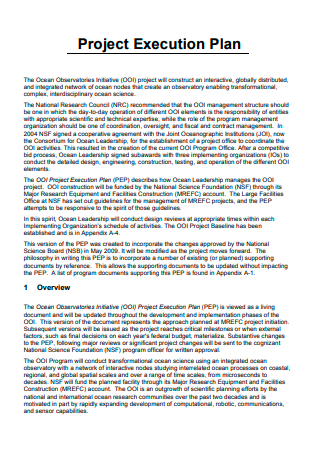
Project Execution Plan Template
download now -
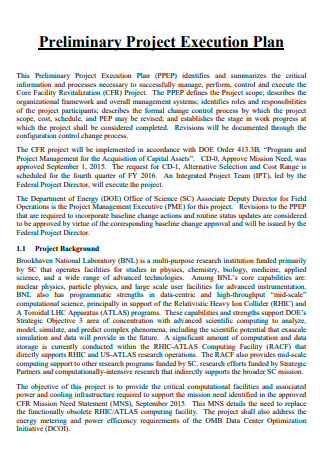
Preliminary Project Execution Plan
download now -
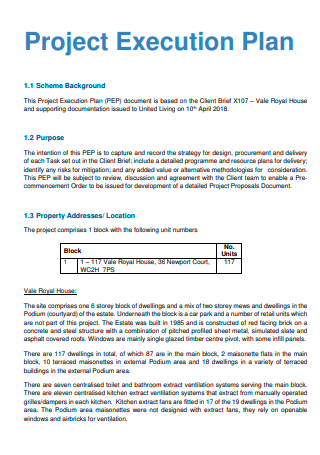
Project Execution Plan Example
download now -

Basic Project Execution Plan
download now -
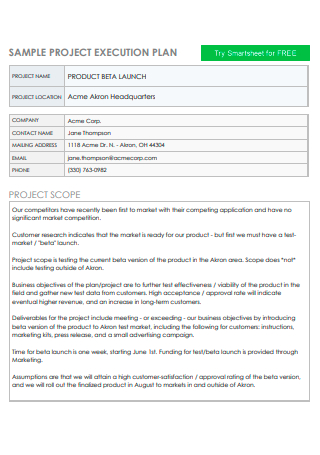
Sample Project Execution Plan
download now -
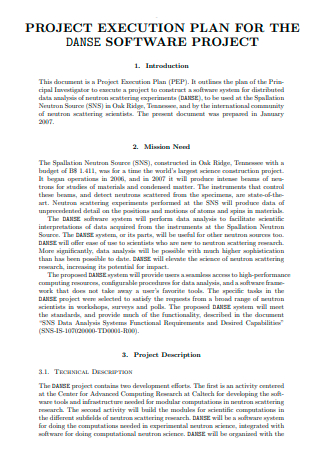
Project Execution Plan For Software
download now -
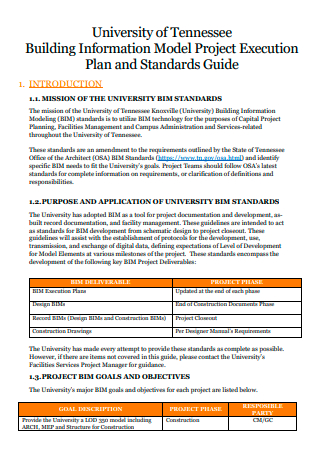
Building Information Model Project Execution Plan
download now -
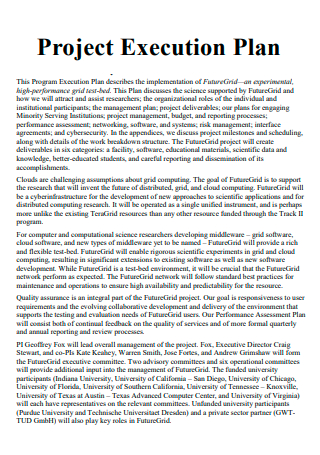
Project Execution Plan in PDF
download now -
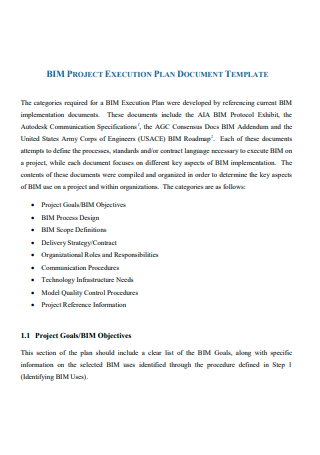
Standard Project Execution Plan
download now -

Project Execution Plan For Conversion Program
download now -
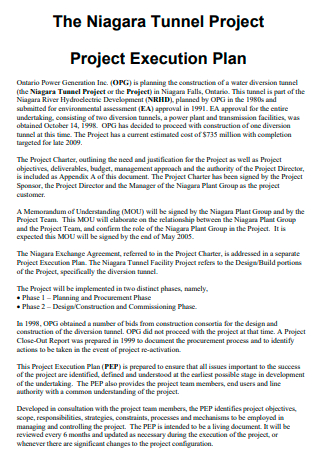
Tunnel Project Execution Plan
download now -
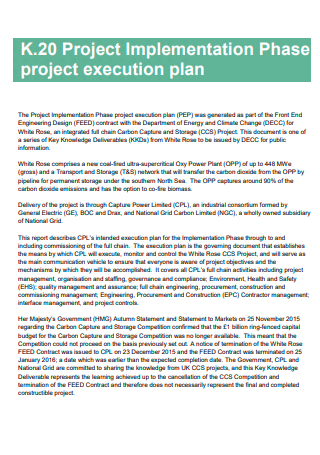
Project Implementation Execution Plan
download now -
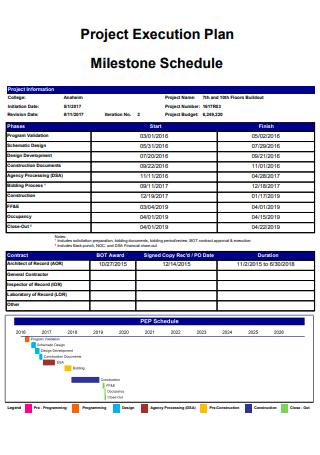
Project Execution Plan Schedule
download now -
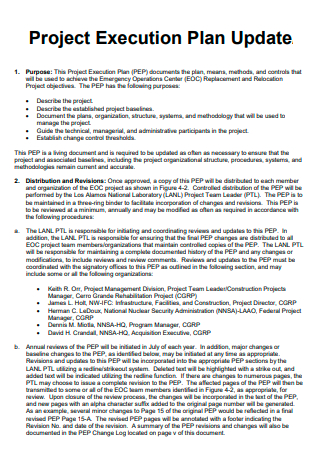
Project Execution Plan Update
download now -
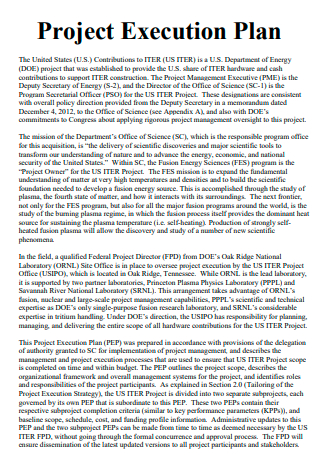
Printable Project Execution Plan
download now -
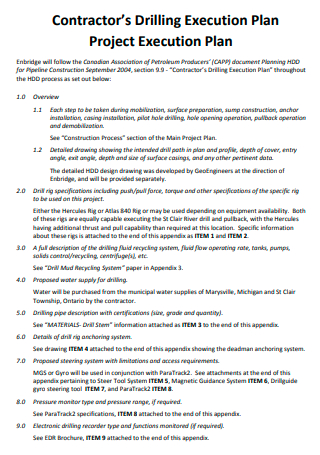
Project Contractors Drilling Execution Plan
download now -
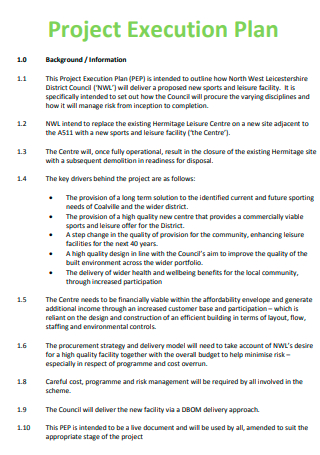
Formal Project Execution Plan
download now -
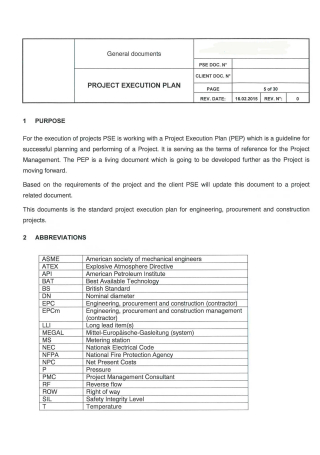
General Project Execution Plan
download now -
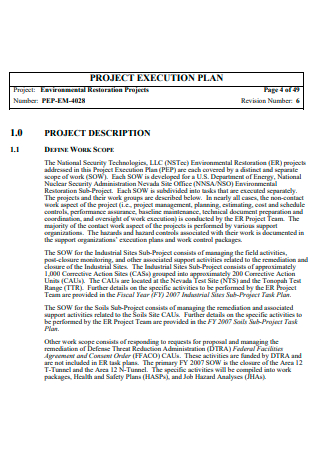
Project Execution Plan Format
download now -
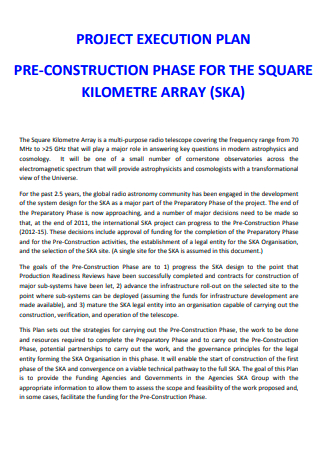
Pre-Construction Project Execution Plan
download now -
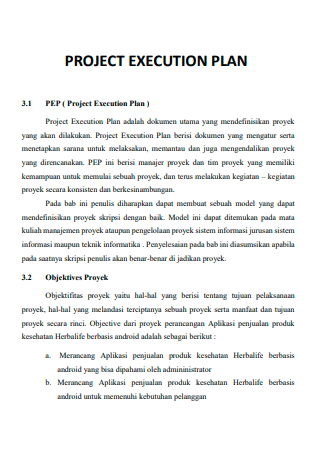
Draft Project Execution Plan
download now
FREE Project Execution Plan s to Download
20+ SAMPLE Project Execution Plan
What Is a Project Execution Plan?
Project Execution and Monitoring
Tips for a Successful Project Execution and Completion
How to Write a Project Execution Plan
FAQs
What are the stages of project execution?
What is a monitoring plan?
How do you write project success criteria?
What Is a Project Execution Plan?
A project execution plan is a document that specifies how, when, and by whom a given aim or collection of targets must be met, which is considerably more than just a mere timeline map. These objectives will cover the project’s goods, timelines, expenses, quality, and benefits. It will accomplish this by displaying the primary project products, activities, and resources. There are various roles expected to help out in the drafting of the project execution plan but it is ultimately the project manager who will spearhead it. Writing a project execution plan may take you a while to complete, don’t hesitate to use the available project execution plan template.
Project Execution and Monitoring
The overarching purpose of the project’s execution and monitoring phase is to complete the task. This is the project’s longest phase. The execution and monitoring phases of a project might take many months or even years to complete. Keep these points in mind when you are keeping track of the execution of the project.
Tips for a Successful Project Execution and Completion
Taking the lead on a project is not easy. You would be in charge of its planning, implementation, and completion, as well as the consolidation of various tasks performed by teams and people into a unified whole. Grace under pressure is always necessary, but curated in the list below are additional and crucial factors for project success. Don’t worry because even if the writing falls on you as the project manager, other roles can help you throughout the execution of the project planned. This is why so you can maximize the project execution plan benefits, you should go over this list to ensure you did not leave any relevant factors out.
How to Write a Project Execution Plan
A project execution plan may include a variety of sections that allow it to build a definite and actionable implementation and execution structure. Although there are specific guidelines for a project execution plan, it would help you to follow this article’s guide on the project execution plan steps. When developing a project execution plan format, keep the following sections in mind.
1. Scope of the Project
A Scope specification is an integral part of the project execution plan. Defining the scope entails defining and describing in clear, explicit words what the project seeks to perform or accomplish. The project scope definition can give stakeholders an overview of the project’s purpose and objectives. A scope definition is created by taking a broad project aim and outlining all of the pieces involved. These can include the project statement, constraints and boundaries, timeline and milestones, final deliverables, and success criteria. As mentioned above, make sure you can construct a project scope that cannot be misunderstood in any way.
2. Technical and Quality Standards
The project scope aids in the creation of distinct task outputs, and one critical component of carrying out these procedures is their technical and quality standards. Identifying these criteria can aid in the project’s effective completion. Some technical and quality requirements criteria may include explicit and agreed-upon definitions, explanations with figures and measurements, and realistic targets. Consider canvassing input from team members on your expectations and incorporating them into the project execution plan.
3. Goal Statements
Goal statements, which define what the team expects to execute and finish as a result of the project, may also be included in a project execution plan. Expected deliverables, milestones, and the life cycle of significant work activities can all be included. The objective statement may clarify the project’s aim, why the team intends to carry it out, and what advantages they anticipate from the project. It might also highlight specific risks or obstacles and how the team intends to overcome or minimize them. Don’t forget you can utilize the guide and structure of SMART Goals.
4. Resource Allocation
A list of materials and where they are allocated may also be included in the project execution plan document. While the scope definition, quality requirements, and project goals explain how the team intends to complete the project and what it may offer, the resources overview specifies what the team needed to put the implementation plan into action. Capital, personnel, and material items necessary for the fulfillment of a significant labor endeavor are examples of project resources. Correct resource allocation may guarantee that the team meets its quality standards and accomplishes its objectives.
5. Project Scheduling
Scheduling is an essential component of the project execution plan that guides the team through all stages of the project. Some project managers may choose to break down the overall tasks into smaller chunks. They can also set milestones and deadlines to acknowledge the team’s progress throughout the process. It might be advantageous to prepare staff and stakeholders for adjustments and exceptions to the Timesheet due to probable changes in raw material availability, faculty planning, or time needs. The project manager might make changes to the goals or criteria to guarantee that the project is completed on time.
6. Organizational Components
Organizational considerations might be critical to the success of your document since they assist to define accurate specifics. The project manager and other important team members may all have various duties. Consider emphasizing the specific duties of important team members so that everyone is aware of who is in charge of what procedure. Identifying who can make certain choices may help the team function cohesively and allow Team members to know who to contact if they have a question or problem. A project’s structure might include a variety of approaches, such as ways for coordinating and reporting outcomes, as well as methods for project monitoring.
FAQs
What are the stages of project execution?
The task management lifecycle consists of several stages, including initiation, planning, execution, and closure. The work is completed throughout the execution phase of the project lifecycle. Task owners begin work, and the project manager ensures that tasks are performed on Schedule and that workflow runs well. Project monitoring and control are an important aspect of this phase since difficulties will constantly develop and necessitate swift modifications as the project moves forward.
What is a monitoring plan?
A monitoring plan is a data-gathering strategy designed to assess the continued health of the improvement plan. It specifies the measure, its aims, how each measure will be checked, and who will examine the measurements. It lays the groundwork for the response plan. If the action is urgent and critical, it should be monitored regularly or at least monthly. Some companies, as a general rule, demand a six-monthly activity review in the form of a statement.
How do you write project success criteria?
Ask other team members what they expect to achieve from the project. Cost, scope, and time are frequently used as project success factors. If you can complete your project on schedule and budget while meeting its stated goals, you can consider it a success. You may not be able to identify right away the success of the project as it may take a while to tick off milestones, but at the end of the day, what matters is the completion of each progress and ensuring that the client or the other party approves of the project’s completed state.
With the project execution plan components given, you will have your work cut out for you. In the sense that you can focus on other much more important and pressing matters. Gone are the days you will stress over the layout and instead be able to jump right into the contents. What are you waiting for? Start that project execution plan now!
